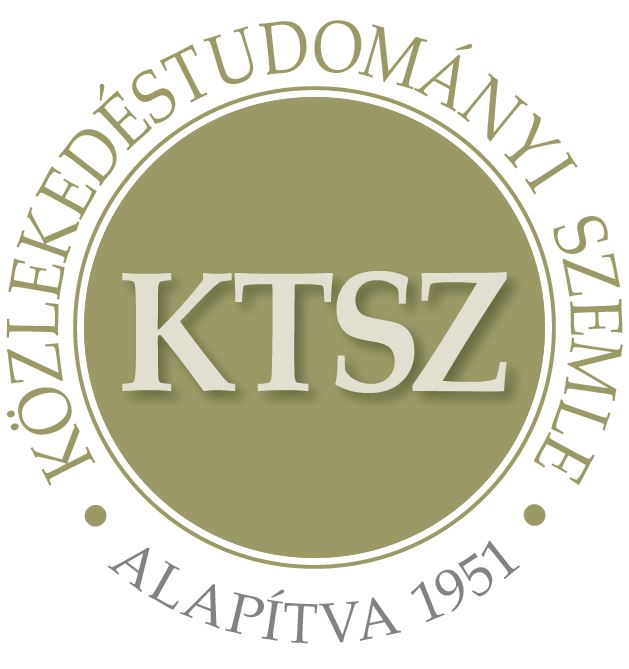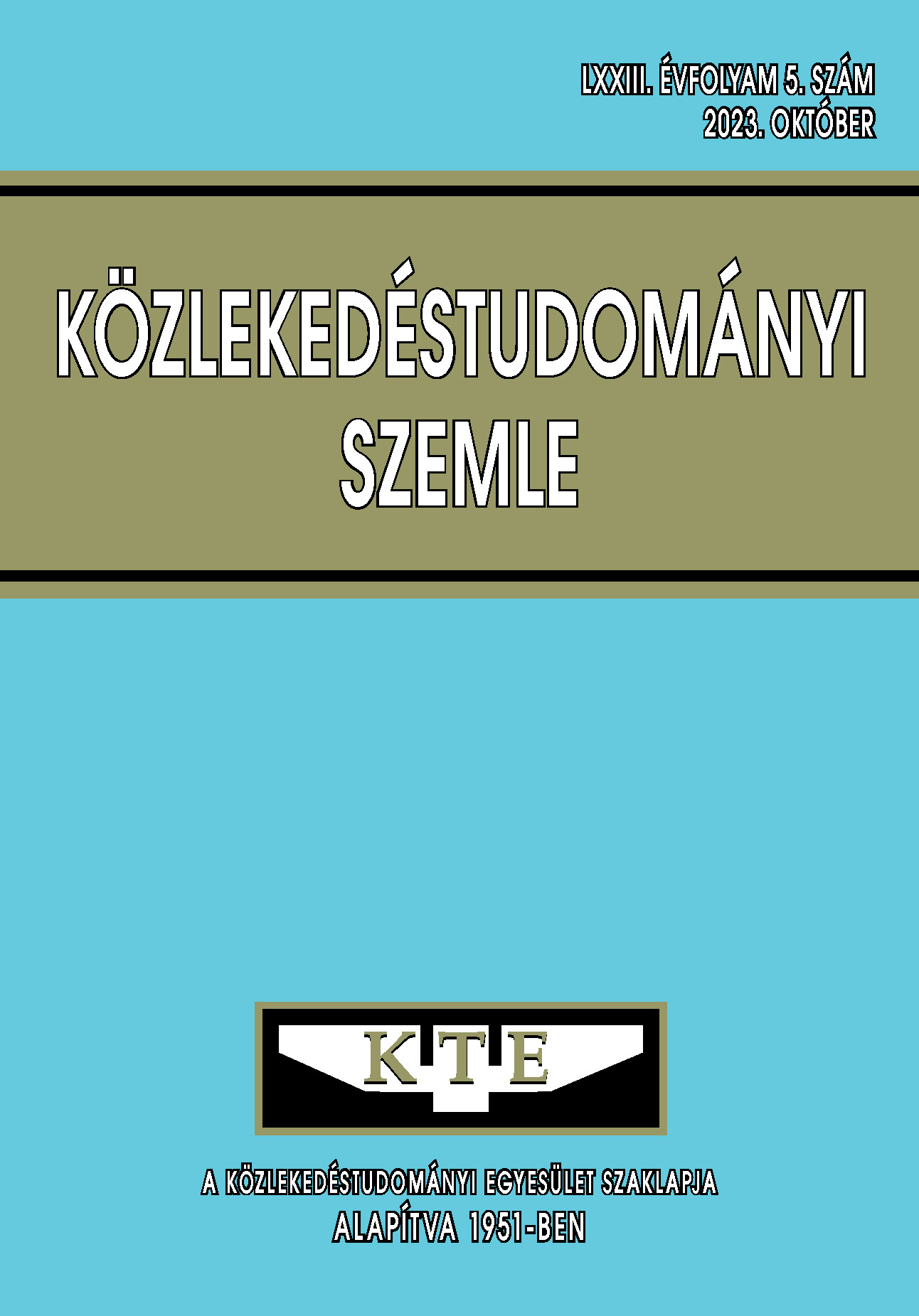Turisták szálláshely preferenciáinak modellezése Fuzzy AHP és GIS módszerek kombinálásával
Absztrakt
A turisták számára fontos kérdés, hogy az utazás során melyik szálláslehetőséget vegyék igénybe. A választás során megpróbálják azt a helyszínt megtalálni, ami leginkább megfelel a szálláshellyel szemben támasztott elvárásaiknak és egyéni igényeiknek. A döntéshozatali folyamatban nyújtanak segítséget a szerzők azzal, hogy a Fuzzy AHP és a GIS módszer ötvözésével különböző szempontok alapján értékelik a szálláslehetőségeket.
Hivatkozások
Alam, J. (2018). A Model for Accommodation Selection using GIS and Multi-Criteria System. Global Journal of HUMAN-SOCIAL SCIENCE: B Geography, Geo-Sciences, Environmental
Science & Disaster Management, 18(3).
Ananth, M., DeMicco, F. J., Moreo, P. J., & Howey, R. M. (1992). Marketplace Lodging Needs of Mature Travelers. Cornell Hotel and Restaurant Administration Quarterly, 33(4), 12–24. DOI: https://doi.org/bdxcwv
Bahaire, T., & Elliott-White, M. (1999). The application of geographical information systems (GIS) in sustainable tourism planning: A review. Journal of Sustainable Tourism, 7(2), 159–174. DOI:
Büyüközkan, G., & Feyzioğlu, O. (2004). A fuzzy-logic-based decisionmaking approach for new product development. International Journal of Production Economics, 90(1), 27–45. DOI:
Chang, C. W., Wu, C. R., & Lin, H. L. (2009). Applying fuzzy hierarchy multiple attributes to construct an expert decision making process. Expert Systems with Applications, 36(4), 7363–7368. DOI: https://doi.org/dzqfzh
Chou, T. Y., Hsu, C. L., & Chen, M. C. (2008). A fuzzy multi-criteria decision model for international tourist hotels location selection. International Journal of Hospitality Management, 27(2), 293–301. DOI: https://doi.org/cphwrr
Do, Q. H., & Chen, J. F. (2013). Prioritizing the factor weights affecting tourism performance by FAHP. International Journal of Engineering Business Management, 5(1), 51. DOI: https://doi.org/gcm4k9
Fletcher, J., Fyall, A., Gilbert, D., & Wanhill, S. (2013). Tourism: Principles and Practice 5th edn: Principles and Practice. Pearson UK. https://www.dawsonera.com:443/abstract/9780273758358
García-Palomares, J. C., Gutiérrez, J., & Mínguez, C. (2015). Identification of tourist hot spots based on social networks: A comparative analysis of European metropolises using photo-sharing services and GIS. Applied Geography, 63, 408–417. DOI: https://doi.org/ggw4kn
Goeldner, C. R., & Ritchie, J. R. B. (2007). Tourism principles, practices, philosophies. John Wiley & Sons.
Hsieh, L. F., & Lin, L. H. (2010). A performance evaluation model for international tourist hotels in Taiwan-An application of the relational network DEA. International Journal of Hospitality Management, 29(1), 14–24. DOI: https://doi.org/dshpfh
Hsu, T. K., Tsai, Y. F., & Wu, H. H. (2009). The preference analysis for tourist choice of destination: A case study of Taiwan. Tourism Management, 30(2), 288–297. DOI: https://doi.org/cfvjvs
Ibraheem, A. T., Abid, A. N., & Mehdi, A. J. (2015). Modern basics and methods for car parking; Lap lambert academic publishing. VDM Publishing Group, Germany.
Lockyer, T. (2005). Understanding the dynamics of the hotel accommodation purchase decision. International Journal of Contemporary Hospitality Management, 17(6), 481–492. DOI: https://doi.org/bb7sp5
Losada, N., Alén, E., Nicolau, J. L., & Domínguez, T. (2017). Senior tourists’ accommodation choices. International Journal of Hospitality Management, 66, 24–34. DOI: https://doi.org/gch3th
Malczewski, J. (2006). GIS-based multicriteria decision analysis: A survey of the literature. International Journal of Geographical Information Science, 20(7), 703–726. DOI: https://doi.org/br58mc
Otoo, F. E., Kim, S., & Choi, Y. (2020). Understanding senior tourists’ preferences and characteristics based on their overseas travel motivation clusters. Journal of Travel and Tourism Marketing, 37(2), 246–257. DOI: https://doi.org/gksk5x
Pinke-Sziva, I., Smith, M., Olt, G., & Berezvai, Z. (2019). Overtourism and the night-time economy: a case study of Budapest. International Journal of Tourism Cities, 5(1), 1–16. DOI: https://doi.org/krkg
Saaty, T. L. (2001). Fundamentals of the analytic hierarchy process. In The analytic hierarchy process in natural resource and environmental decision making (pp. 15–35). Springer.
Saaty, T. L. (2004). Decision making — the Analytic Hierarchy and Network Processes (AHP/ANP). Journal of Systems Science and Systems Engineering, 13(1), 1–35. DOI: https://doi.org/fk36gj
Smith, M., Puczkó, L., & Rátz, T. (2009). Twenty-three districts in search of a city: Budapest-the capitaless capital? City Tourism: National Capital Perspectives, 201–213. DOI: https://doi.org/bbz2nr
Stringam, B. B., Gerdes, J., & Vanleeuwen, D. M. (2010). Assessing the importance and relationships of ratings on user-generated traveler reviews. Journal of Quality Assurance in Hospitality and Tourism, 11(2), 73–92. DOI: https://doi.org/ff2ghx
Theobald, W. F. (2013). Global Tourism. In Global Tourism. Routledge. DOI: https://doi.org/krkh
Vahidnia, M H, Alesheikh, a, Alimohammadi, a, & Bassiri, a. (2008). Fuzzy analytical hierarchy process in GIS application. The International Archives of the Photogrammetry, Remote Sensing
and Spatial Information Sciences, 37(B2), 593–596.
Wei, W. (2012). Research on the Application of Geographic Information System in Tourism Management. Procedia Environmental Sciences, 12, 1104–1109. DOI: https://doi.org/krkj
Az elektronikusan megjelenő cikkek nyílt hozzáféréssel rendelkeznek (OJS), online ingyenesen elérhetők és letölthetők. A cikkek szerzőit nem terheli megjelentetési vagy kiadási költség (APC). Felhasználóknak joguk van a cikkek olvasására, letöltésére, másolására, kinyomtatására, valamint azokban való keresésre, vagy a teljes szöveg linkkel történő megosztására.
A szerzőknek nyilatkozniuk kell arról, hogy beadványukat korábban nem tették közzé más folyóiratban, a pénzügyi támogatás feltüntetésre került és a hivatkozások listája teljes és pontos, beleértve az URL-ek és a DOI-k specifikációját is (ha rendelkezésre állnak). A cikktervezet beadásakor minden szerző jóváhagyja a benyújtott változatot. A szerzők garantálják, hogy a cikk az ő eredeti művük. A szerzők kötelesek részt venni a szakértői értékelés folyamatában, követni a bírálók tanácsait, betartani az előírt határidőket, és amennyiben előfordulnak, kötelesek visszavonni a benyújtást vagy kijavítani a hibákat.
Minden beadott cikket szakértői értékelés alá kerül, ahol a szerkesztők független értékelést kérnek legalább egy szakértőtől, ügyelve arra, hogy a bíráló(k)nak ne legyen összeférhetetlensége a szerzőkkel. A végső döntést a főszerkesztő hozza meg, aki figyelembe veszi az értékeléseket és a szerkesztők javaslatait. A szerkesztők és a lektorok bizalmasan kezelik a beadványt.
A kiadó és a szerkesztők elkötelezettek a magas etikai normák betartása mellett, és megakadályozzák azokat a publikációkat, amelyekben kutatási visszaélés történt. Az ilyen etikai kérdésekben a COPE irányelveit követik.
A szerzők fenntartják a szerzői jogokat, és megadják a folyóiratnak az első közzétételi jogot a Creative Commons Licenc alapján (https://creativecommons.org/licenses/by-nc-nd/4.0), amely lehetővé teszi mások számára, hogy megosszák a művet, elismerve a mű szerzőségét és a folyóiratban való első közzétételt.
A folyóirat archiválja az összes megjelent cikket, és a folyóirat tulajdonosa, a Közlekedéstudományi Egyesület továbbra is üzemelteti az adatbázist abban az esetben is, ha a folyóirat kiadása megszűnik.















